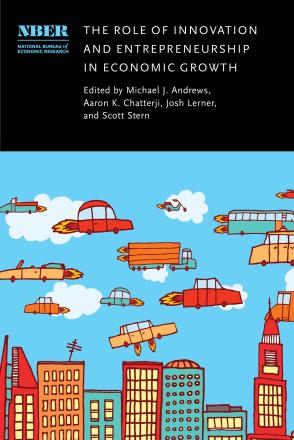The Recent Evolution of Physical Retail Markets: Online Retailing, Big Box Stores, and the Rise of Restaurants

We examine changes in the retail sector in the US over the period 1999 to 2017. We show that while there were fewer physical stores in 2017 compared to the start of the period (consistent with the widely reported notion of a “retail apocalypse”), other indicators including employment, real sales, real value added and real payroll of brick and mortar retailers had recovered to their pre-Great Recession peaks by 2017. Consistent with anecdotal evidence, we document a negative impact of online commerce on physical retail during this period. In contrast, the growth in big box stores (which slowed in the aggregate after 2009) was positively correlated with the growth of other retail physical activity across counties. We document a striking rise in restaurants (NAICS 722), so that including them in the retail sector (as in the older SIC classification) yields much stronger trends for physical retail activity. We find restaurant growth was positively correlated with growth of other physical retail, so it was not propelled by a reduction in costs induced by the decline of other physical retail. Instead, we find suggestive evidence that two-thirds (one-half) of the growth in restaurant establishments (employment) can be attributed to the relative increase in consumer expenditure share for restaurant food. We briefly summarize emerging trends, and note significant venture capital funding for delivery and other services that may complement traditional physical retail stores. Preliminary analysis of the (short-term) impact of the ongoing COVID-19 pandemic shock shows a particularly negative effect on restaurants raises concerns about the likely long-term fallout of the COVID-19 crisis on many local communities.
-
-
Copy CitationFrancine Lafontaine and Jagadeesh Sivadasan, The Role of Innovation and Entrepreneurship in Economic Growth (University of Chicago Press, 2020), chap. 6, https://www.nber.org/books-and-chapters/role-innovation-and-entrepreneurship-economic-growth/recent-evolution-physical-retail-markets-online-retailing-big-box-stores-and-rise-restaurants.Download Citation
-


